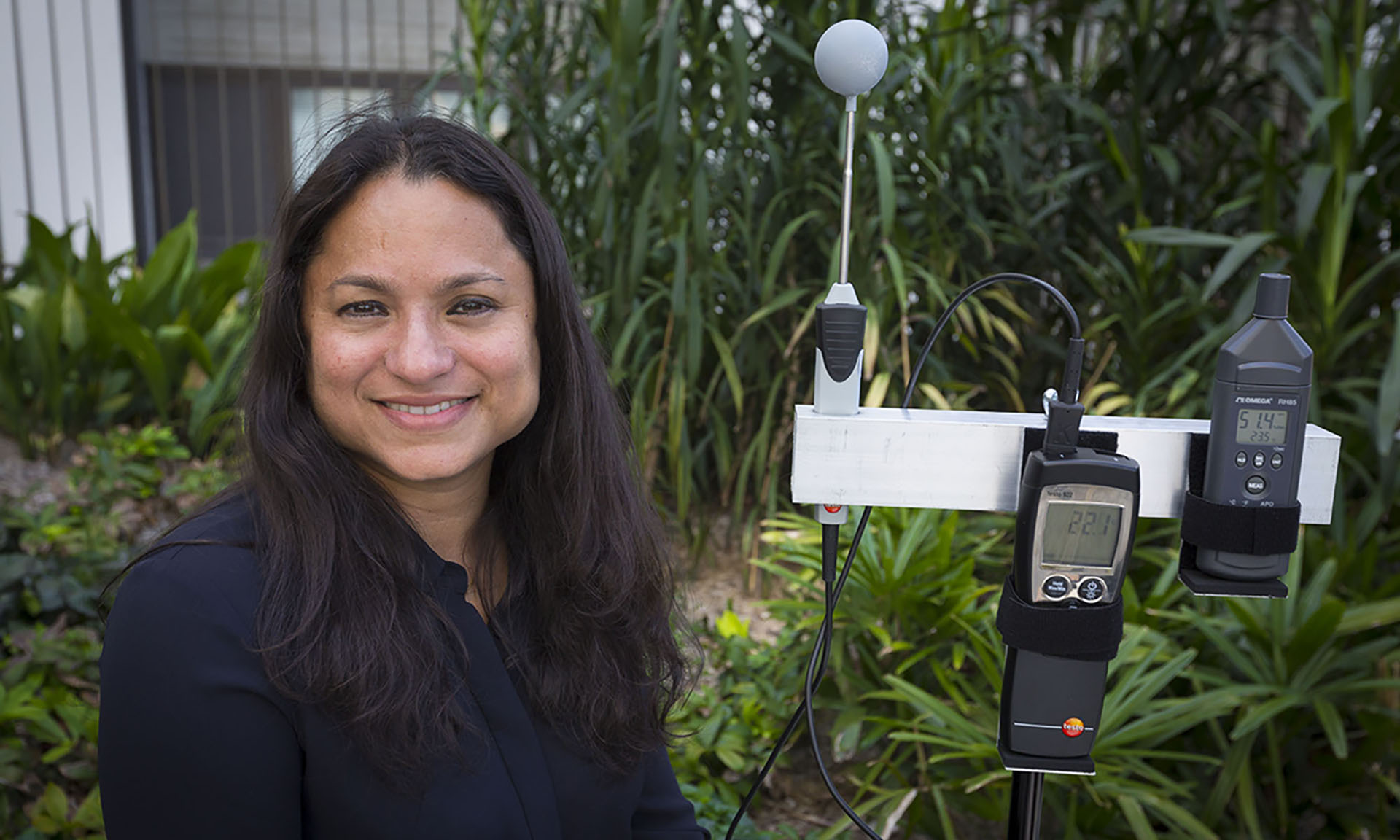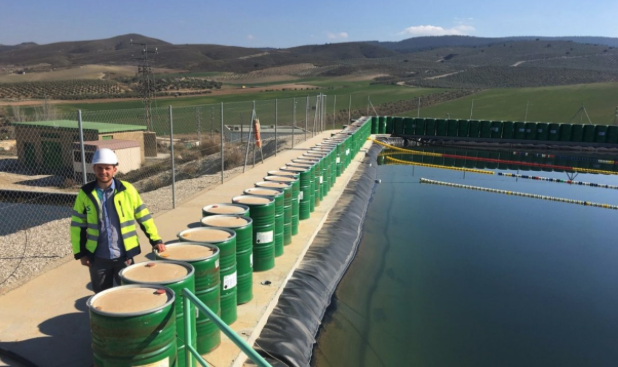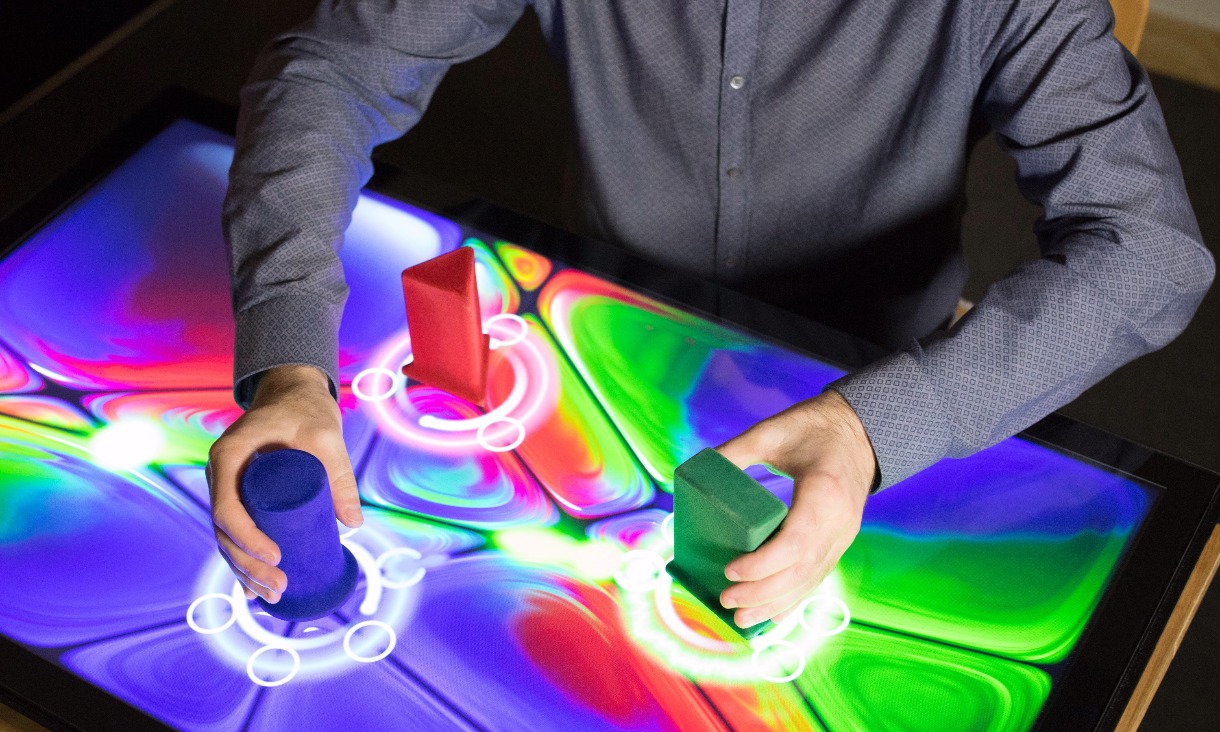Heatwaves are becoming more frequent, can cost the economy billions and result in more doctor visits, increased hospital admissions and ultimately, loss of life. Cities are particularly vulnerable.
In a pilot run last month, volunteers from Hume City Council in Melbourne’s north used simple handheld devices to measure air and surface temperatures, mean radiant temperatures, humidity and wind speed.
Preliminary findings revealed the temperature at pedestrian levels within the built environment can be much higher than the temperature recorded at the nearest Bureau of Meteorology weather station.
“This program will enable secondary students and other local residents in Hume to learn more about measuring the local climate,” said Hume Mayor Geoff Porter.
“This will help our community’s understanding of how best to look out for our friends and loved ones on very hot days.”
Associate Professor Priya Rajagopalan from RMIT's School of Property, Construction and Project Management and her colleagues received $355,000 to engage 12,200 Australians in the two-year project to design systems that measure “urban heat islands”, overheating and local climate changes in our cities.
“The number of extreme hot days is predicted to increase significantly over the next few decades in all Australian cities with huge impact on public health, mortality rates, energy demand and the economy,” Rajagopalan said.
Awarded by the Department of Industry, Innovation and Science, Citizen Science Grants provide funding to support community participation in scientific research projects that have a national impact.
“The data collected will help citizens to understand, mitigate and adapt to extreme heat. It will also enable policymakers to predict future health and energy needs and plan the urban built environment and open spaces,” Rajagopalan said.
“Participants in the pilot used Mini Handheld Infrared Thermometer Guns to measure temperatures of various surfaces and we were surprised to see that the rubber surface in the children's playground can be up to 40C even on a cloudy day.”
Further research will take place this year and next year in locations across 22 councils in Sydney, Melbourne, Adelaide, Brisbane, Gold Coast, Canberra, Darwin and Perth.
The research team will develop a mobile app which citizen scientists will use along with portable wireless sensors to map temperature and humidity.
Mayor Geoff Porter said Hume City Council was committed to supporting citizen science activities throughout the year via its Live Green program.
“We hope that by participating in this research, people will have an increased understanding of precautions that need to be taken on extremely hot days,” Porter said.
Rajagopalan and co-researcher Professor Mat Santamouris are working with teams from RMIT’s Sustainable Building Innovation Lab, and the University of New South Wales’ High Performance Architecture centre to implement the study.
Residents from the 22 participating councils can register their interest to take part in the study.
See the list of councils and register your interest.
Story: Grace Taylor







